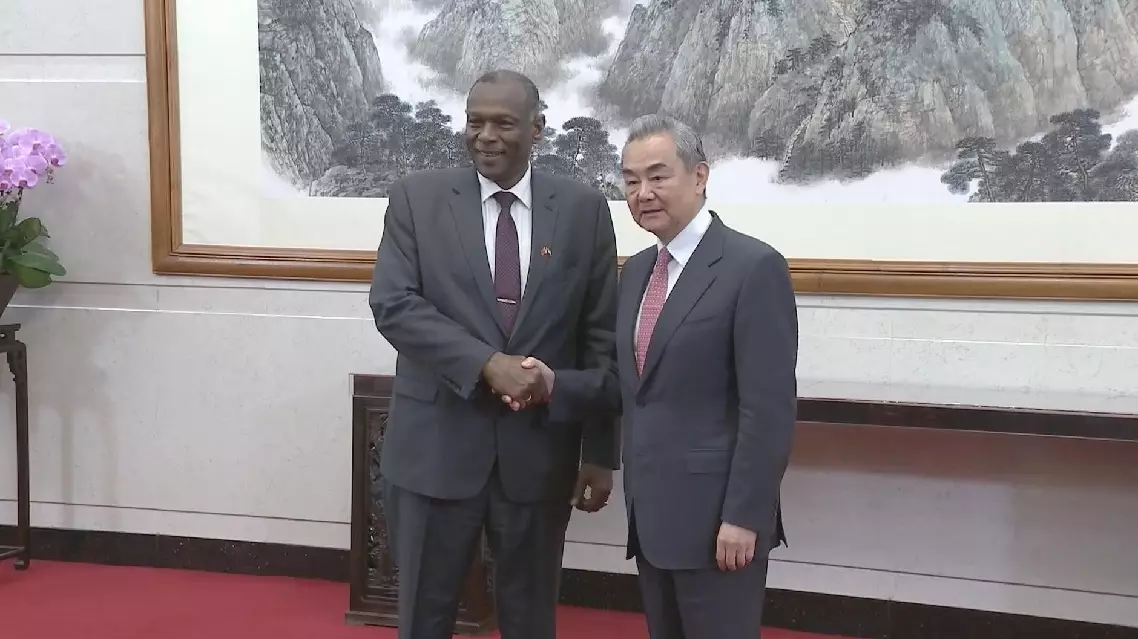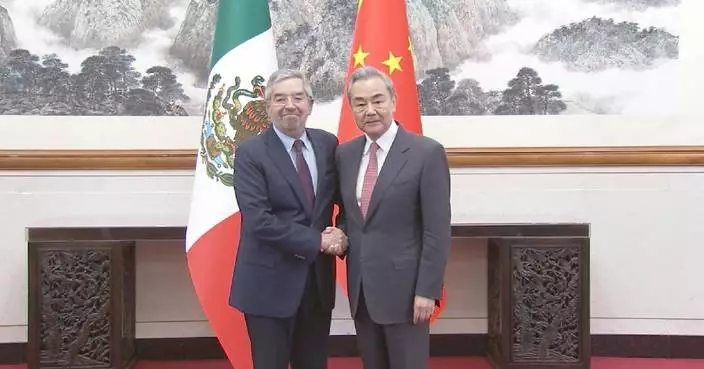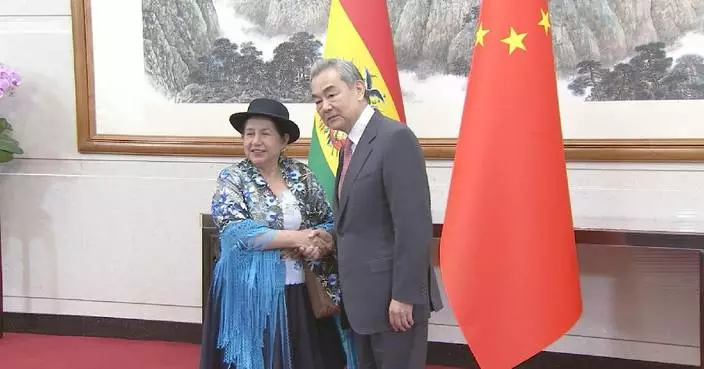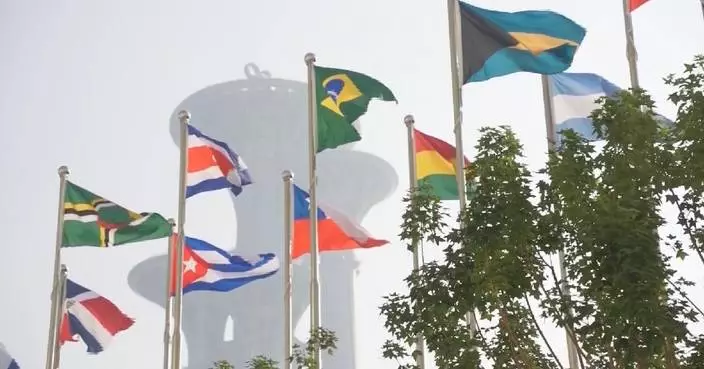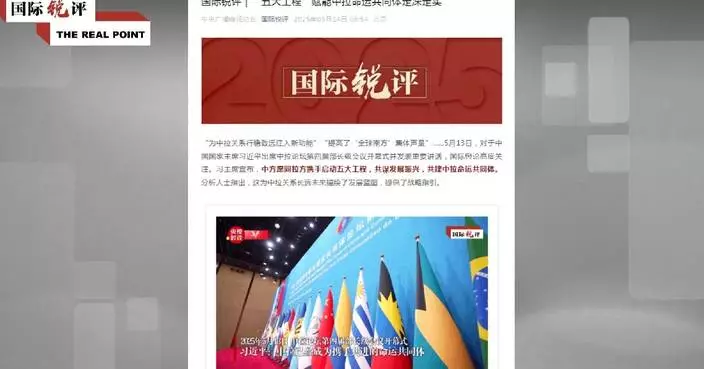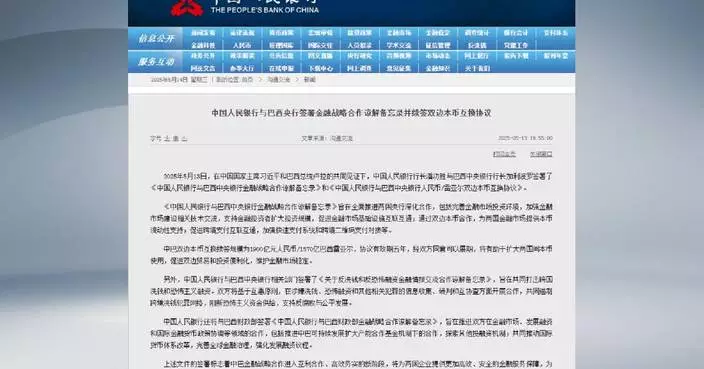China's nine-dash line, or the dotted line, over its sovereignty of the South China Sea is reasonable and legitimate and has rich historical basis, a senior maritime expert said.
Wu Shicun, chairman of the Huayang Research Center for Maritime Cooperation and Ocean Governance and founding president of the National Institute for South China Sea Studies, told China Global Television Network (CGTN) in an exclusive interview that the essence of the South China Sea issue is that coastal neighboring countries are trying to rationalize their encroachment on islands and reefs that belong to China.
"The South China Sea issue is essentially a dispute over the Nansha Islands. In essence, it's a territorial dispute over some islands and reefs of the Nansha Islands between China and some South China Sea coastal countries, and also a maritime jurisdiction dispute arising from the dispute over the islands and reefs. In fact, these countries illegally occupied these islands and reefs, so they are trying to rationalize their occupation and win international recognition. So this is the true intention behind the internationalization and escalation of the South China Sea issue," he said.
The Chinese government officially published the Map of the Administrative Districts of the Republic of China, including the Location Map of the South China Sea Islands, where the dotted line outlining China's territorial sea sovereignty and maritime scope in the South China Sea was marked in the map, and the international community did not raise any objections, according to Wu.
"So here is the history of China's nine-dash line. After World War II, the Nansha Islands once illegally occupied by Japan returned to China. After that, China released a map telling the world that the Nansha Islands have returned to Chinese jurisdiction and pointed out the geographic locations. So, I think the line has laid the foundation of, and regulated and reaffirmed China's sovereignty over the islands and reefs in the South China Sea," said Wu.
The nine-dash line is part of the international order established after World War II, that maintains the peace and stability of the South China Sea, said the expert.
"Without the dotted line, the situation in the South China Sea would be even more chaotic. The dotted line not only represents China's sovereignty, I think it has also established the South China Sea order after World War II. At numerous international meetings, I challenged those Western scholars. I said that China's rights and claims in the South China Sea were laid down by the international order after World War II. China resumed sovereignty over the territories stolen by Japan, and continued jurisdiction over the Nansha Islands," said Wu.
"What is the status quo? I think if we need to talk about the status quo, then it's that the South China Sea has returned to the hands of the Chinese people after World War II. Who has changed the status quo? First of all, it's the neighboring countries who are illegally occupying the islands that belong to China. In fact, China is not changing the status quo. China is reversing the status quo that has been changed by these countries, and getting things back to the original status," he said.

South China Sea will be more chaotic without China's nine-dash line: expert

South China Sea will be more chaotic without China's nine-dash line: expert



